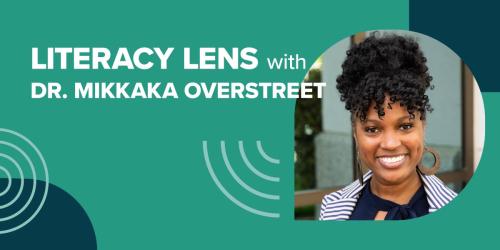150,000 Reasons

At 74 percent, Oregon’s four-year cohort graduation rate lags behind the national average. Oregon’s children are as creative, ambitious, and academically capable as other students across the country. Governor Kate Brown recognizes this and has put forward a vision that every Oregon student graduate with a plan for his or her future.
I have been appointed by Governor Brown to lead this work as the state’s first education innovation officer. In this role, my tasks include recommending policy, budget priorities, and actions to improve graduation rates while also preparing students for their next steps.
After 13 years in school, Oregon’s Class of 2015 included 11,826 students who did not graduate on time. These students were disproportionally tribal students, students of color, boys, and students living in poverty. If we don’t innovate to change this trend, there are another 150,000 students currently in Oregon schools who will not graduate on time. That gives us 150,000 reasons to act now to create a future of opportunity and prosperity for all Oregon students.
Our Next Steps
Much has already been done in Oregon to identify barriers and opportunities related to improving graduation rates. Some districts are making great gains in graduation outcomes. Promising practices are emerging, and the Oregon Department of Education has gathered an advisory committee focused on identifying potential strategies.
I will be spending time in communities—with students, families, education partners, business leaders, educators, community organizations, researchers, and others—to gather data, identify promising practices, and listen to regional perspectives on how to improve graduation outcomes.
Our outreach includes vetting key themes that have surfaced through the graduation-focused work already conducted across the state. Promising strategies will undergo further research as we begin to consider statewide policies, investments, and other actions to improve graduation rates and prepare students for their next steps.
Emerging Themes
The following promising practices have already been identified by communities in Oregon:
- Enhancing early learning: Oregon implemented full-day kindergarten in 2015–16, and public preschool options are being expanded in the coming year. New concepts include expanding statewide support for home visits and kindergarten transition programs.
- Tackling chronic absenteeism: The Oregon State Legislature set aside $1.5 million to pilot attendance projects specifically focused on tribal students and communities. The Oregon Chief Education Office released a report in May that included six recommendations with the potential to improve the attendance and graduation outcomes statewide.
- Early indicator (warning) and intervention systems: These systems look beyond test scores and report cards to provide indicators that help us predict whether students are on track for graduation. They provide educators, students, and families the necessary information to develop interventions—as early as possible—that will help every student reach graduation prepared for their future. Thirty-one other state education agencies provide this service for their schools. In Oregon, Education Northwest is providing technical assistance to a handful of districts as they develop their early indicator and intervention systems.
- Student and family engagement: Several Oregon school districts are working with community partners to implement culturally responsive programs that engage students and their families. Many districts are focused on training teachers and educational assistants to implement evidence-based instructional strategies that actively engage students. Additionally, districts are providing applied learning opportunities—such as career and technical education and STEM/STEAM (science, technology, engineering, arts, and math) classes—that engage students by making connections to their own lives and future opportunities, thereby increasing the likelihood that they will stay in school.
Each of these ideas requires further study to determine its potential impact on improving Oregon’s graduation outcomes. We will work with communities across Oregon to determine whether these ideas are appropriate for their unique circumstances and, if so, how they can be successfully implemented.
Colt Gill was appointed by Governor Brown as Oregon’s first Education Innovation Officer. In this position, he focuses on improving graduation outcomes by working with local communities, school districts, researchers, students, and other stakeholders to identify effective practices across the cradle to career continuum. He also makes recommendations to the governor, state agencies, and legislature regarding policies, budget priorities, and actions needed to increase the number of students who graduate prepared for their next steps in the workplace or college. An Oregon educator for 27 years, he is also an adjunct professor at the University of Oregon and has served on a number of boards and commissions for the both the state and various education and children’s health and wellness institutions.



